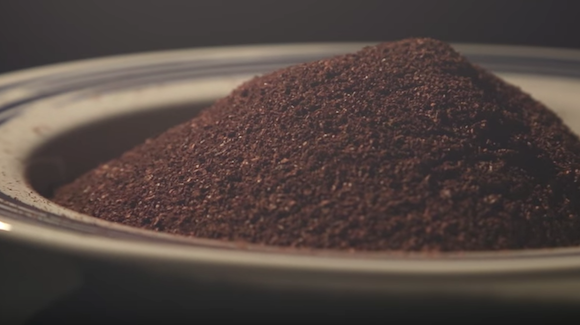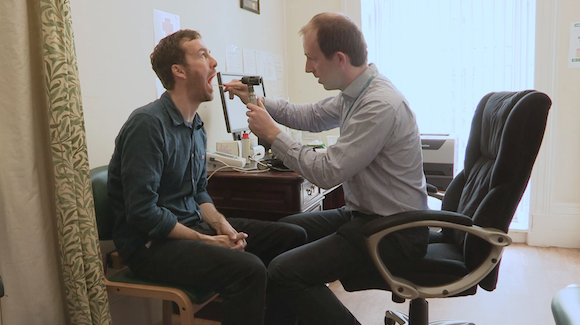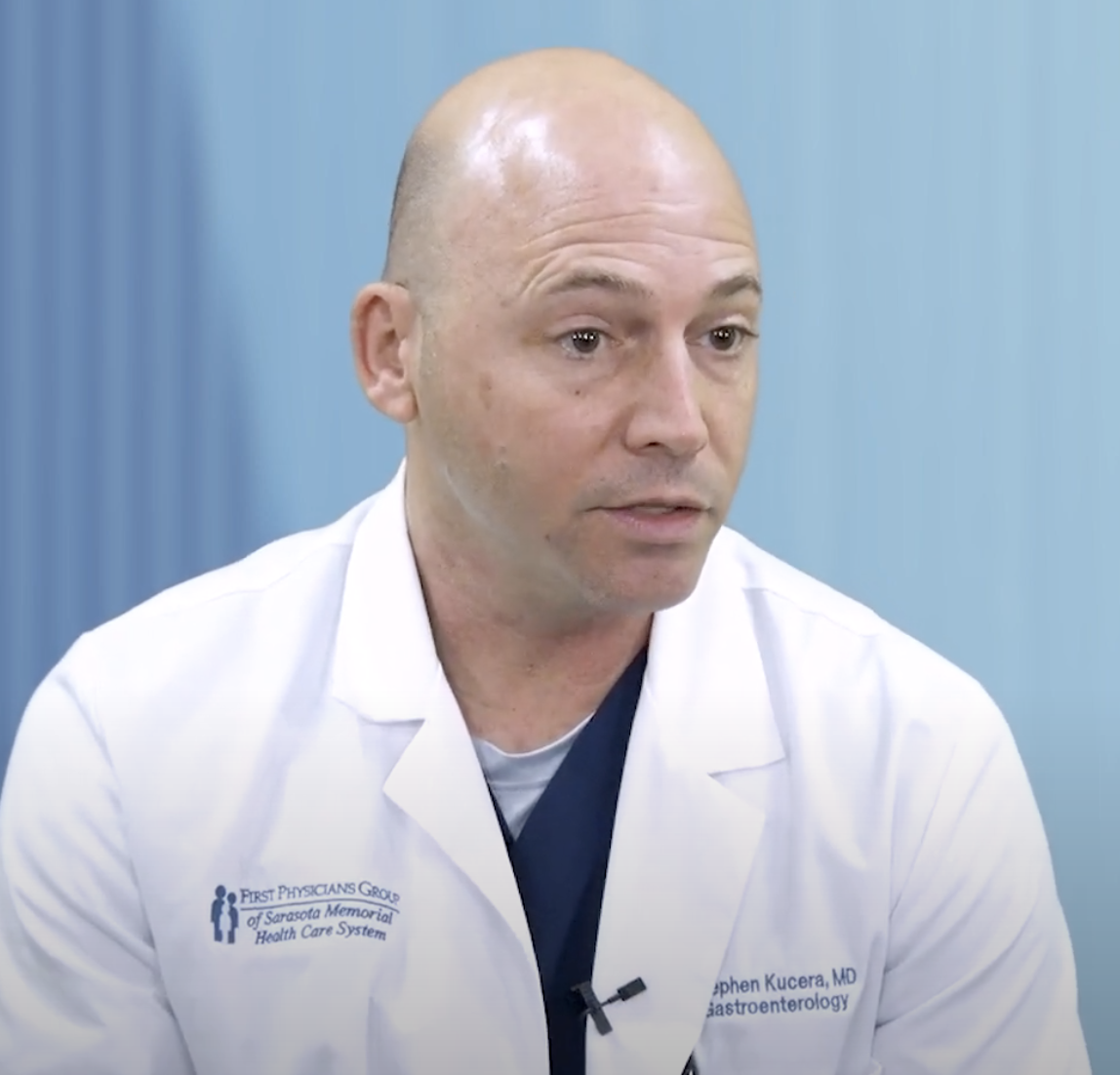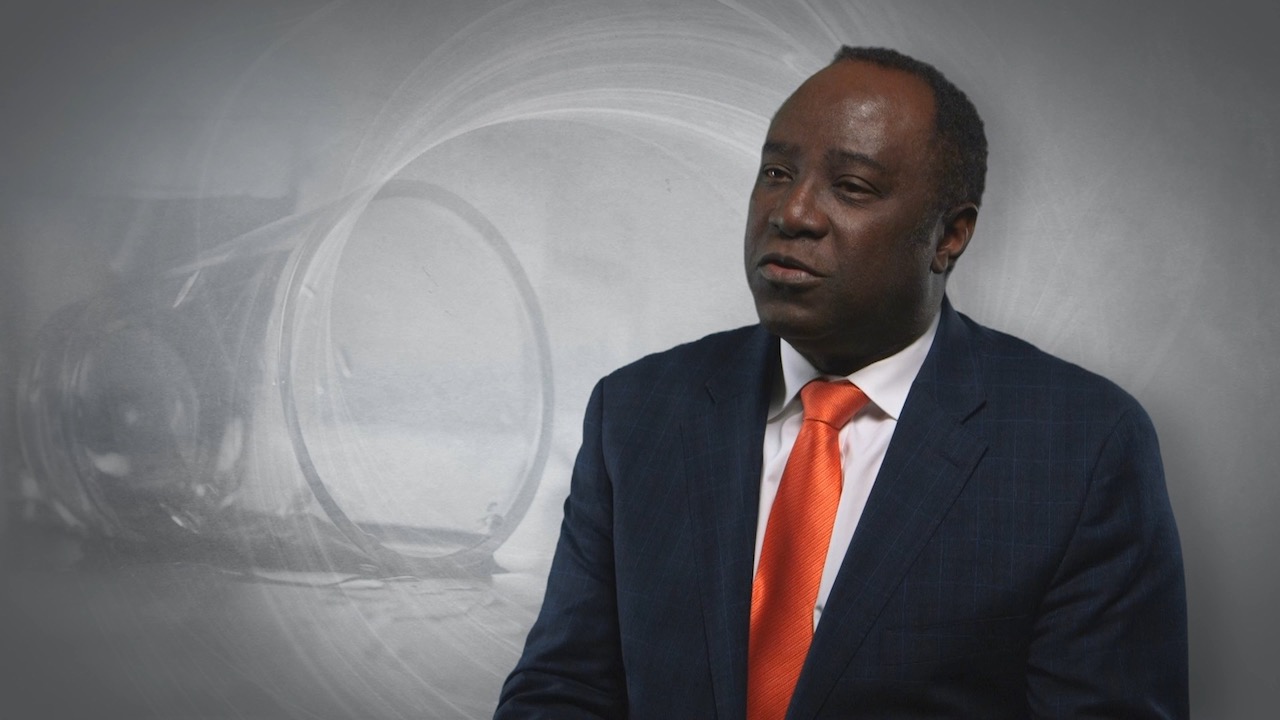The Otolaryngology Channel
NEW YORK (Reuters Health) – Sialendoscopy is safe and effective for the treatment of obstructive diseases of the salivary glands in adults, according results of a systematic review and meta-analysis of relevant research published this month in Archives of Otolaryngology Head and Neck Surgery.
Dr. Julie E. Strychowsky from McMaster University, Hamilton, Ontario, Canada and colleagues note in their paper by way of background that obstructive sialadenitis makes up roughly one-half of benign salivary gland disease. Submandibular gland obstruction accounts for 80% to 90% of cases followed by obstruction of the parotid glands (5%-10%) and sublingual glands (< 1%).
Traditional management involves a conservative approach, although refractory cases may require surgery ranging from papillotomy to complete gland extirpation. Surgical complications following sialadenectomy result in varying amounts of morbidity.
Sialendoscopy offers a minimally invasive approach to disease management. “This technique allows endoscopic intraluminal visualization and offers a mechanism to treat diseases of the ductal system, ultimately reducing or eliminating the need for sialadenectomy and obviating related surgical risks,” the authors point out.
The “paucity of published data” on sialendoscopy, led Dr. Strychowsky and colleagues to pool data from the literature to get a better picture of the safety and efficacy of this approach. They searched MEDLINE, EMBASE, and the Cochrane Library through October 2010, identifying and including in their analysis 29 relevant studies.
These studies were prospective or retrospective studies of adult patients treated with interventional sialendoscopy for the management of salivary gland obstruction. Outcome measures included rates of success (symptom-free and absence of residual obstruction), sialadenectomy, and complications.
Based on the weighted pooled analysis, the success rates were 86% for interventional sialendoscopy alone (1,213 patients) and 93% for sialendoscopy with a combined surgical approach (374 patients).
“Outcomes following interventional sialendoscopy for radioiodine-induced sialadenitis were reported in only three studies and success rates were “variable,” they note. “Rates of sialadenectomy were low, and few major complications were reported.”
This analysis, they say, which provides a summary of the best available evidence, suggests that sialendoscopy is “efficacious, safe, and gland preserving for the treatment of patients with major salivary gland obstructive disease. It is a novel and powerful minimally invasive treatment modality that is relevant to all physicians and surgeons who treat patients with obstructive salivary gland disease.”
The authors did not respond to request for comment.
SOURCE:
Arch Otolaryngol Head Neck Surg 2012;138:541-547.









